Central African Republic
Situated 45 km north of Central African Republic's capital, Bangui, the Central African livestock market is one of the most important in the region.
Cattle arriving here comes from as far as neighbouring countries such as Chad and Sudan, either via traditional routes or by road in trucks.
The market is a bustling hub of activity. Young people earn money by moving the cattle to the trucks that will then head to the slaughterhouses.
"I work on arrival days, the bosses are numerous, I can transport between 15 and 16 oxen and I earn about 5, 6 or 7,000 francs per day", says Christ, a young cattle driver working here" says Christ, a young cattle driver working here.
This is a very profitable sector of activity for the national economy too because sellers and dealers pay taxes to the government for each animal at the Ministry of Livestock represented on the site.
Taxes are estimated at several million CFA francs per month according to the Ministry.
"The livestock sector contributes 45% to the poultry GDP and 15% to the the national GDP, which simply means that its contribution to the national economy is not negligible at all" said Emmanuel Namkoisse, Cabinet Director at the Ministry of Livestock.
Once the livestock is brought to the slaughterhouse, it is examined by the hygiene services before being slaughtered and delivered to the markets in Bangui and its surroundings.




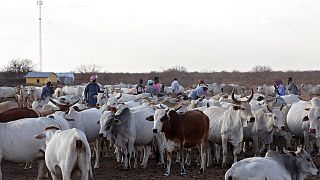
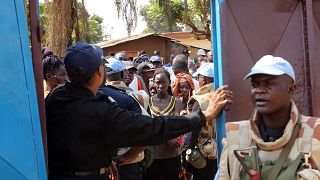

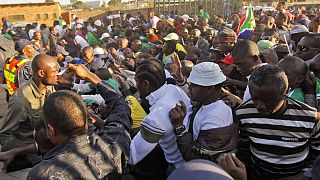
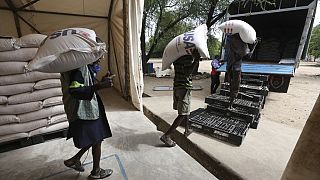
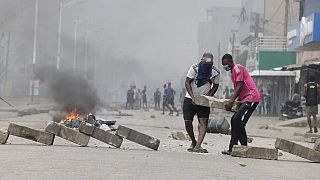
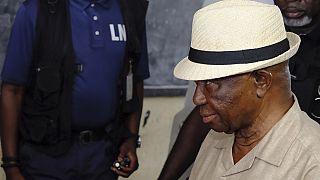
11:19
Cocoa is under pressure while East African economy is on the rise {Business Africa}
02:30
Morocco’s oases struggle to survive amid growing desertification
01:45
Empowering youth in agriculture could boost global economy, FAO report says
02:08
Gunman attack in north-central Nigeria: death toll climbs to 150
11:14
Rwanda Walks Away: what’s behind the Central Africa rift? [Business Africa]
02:20
Morocco seeks to preserve traditional cooking and recipes through UNESCO project